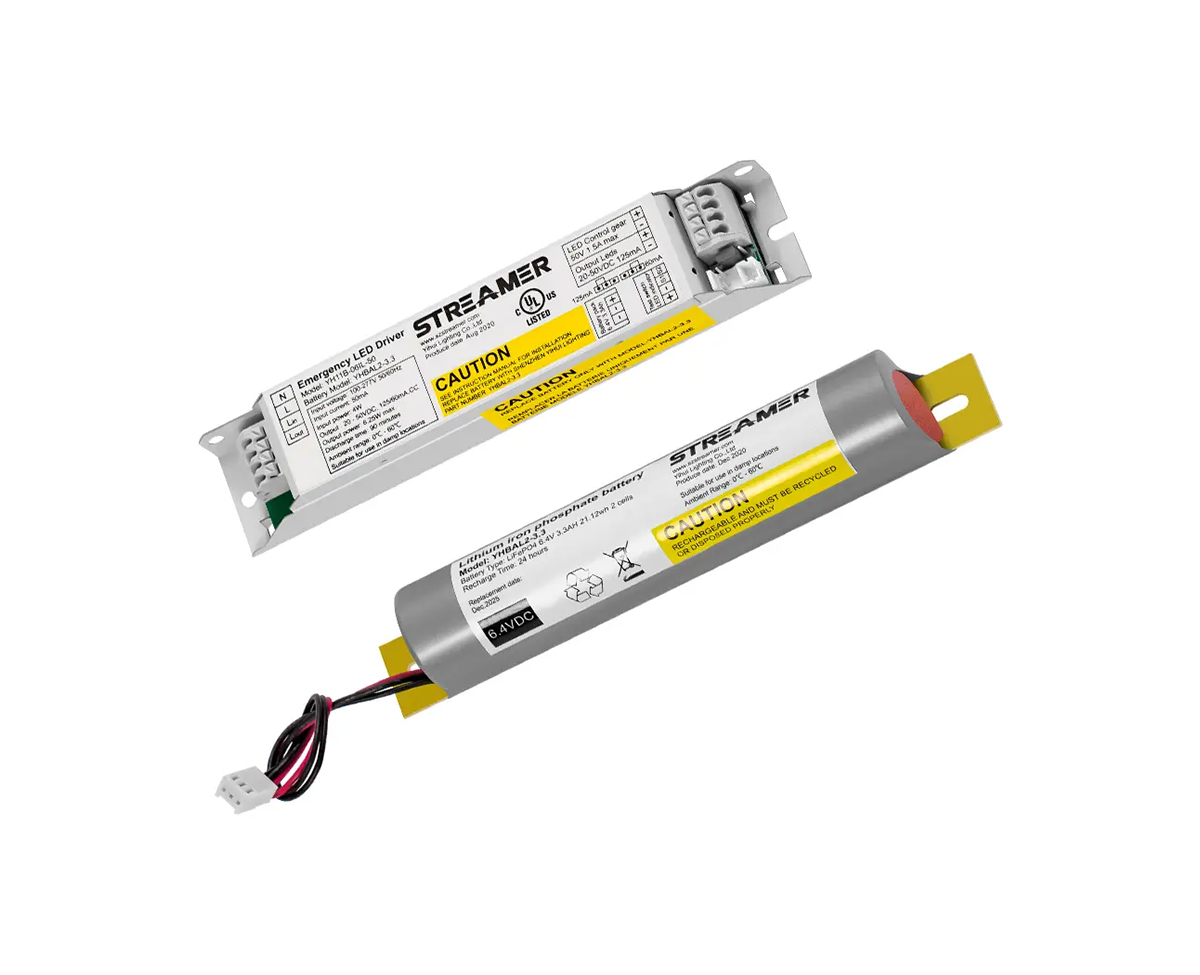 1
1
 May 05, 2025
May 05, 2025

Proper maintenance of LED emergency converters is essential to ensure their reliable operation during power outages and to extend their service life. There are several key maintenance methods that should be regularly performed to keep these converters in optimal condition.
Firstly, regular visual inspections are crucial. Check the exterior of the LED emergency converter for any signs of physical damage, such as cracks, dents, or loose connections. Examine the power input and output cables for fraying, exposed wires, or corrosion at the connectors. Any visible damage should be addressed immediately to prevent electrical hazards and ensure proper functionality. Also, look for any signs of overheating, such as discoloration or a burning smell near the converter. Overheating can be a sign of internal problems, and if detected, the converter should be shut down and inspected by a professional.
Secondly, battery maintenance is a vital aspect. Most LED emergency converters are equipped with rechargeable batteries, and their performance directly affects the emergency lighting duration. Regularly check the battery's charge status according to the manufacturer's instructions. Some converters have built - in indicators that show the battery level, while others may require the use of a specialized testing device. If the battery is not holding a charge properly or has a significantly reduced capacity, it may need to be replaced. It's important to follow the correct procedures for battery replacement to avoid damage to the converter or personal injury. Additionally, keep the battery clean and free from dust and debris, as dirt can affect the battery's performance and lifespan.
Periodic functional testing is also necessary. Test the LED emergency converter regularly to ensure that it can switch to emergency mode correctly during a simulated power outage. This can usually be done by disconnecting the main power supply (while following safety procedures) and observing whether the converter activates the emergency lighting within the specified time. Check the brightness and uniformity of the LED lights during emergency operation. If any irregularities are detected, such as flickering lights or uneven illumination, it may indicate a problem with the converter's output driver or the LED lights themselves, and further inspection and repair are required.
Finally, keep the converter's ventilation openings unobstructed. Adequate ventilation is important to prevent overheating, especially during continuous operation or in high - ambient - temperature environments. Make sure that there is enough space around the converter for air to flow freely, and remove any objects that may block the ventilation holes. By following these maintenance methods, LED emergency converters can provide reliable emergency lighting for an extended period, ensuring safety during power outages.